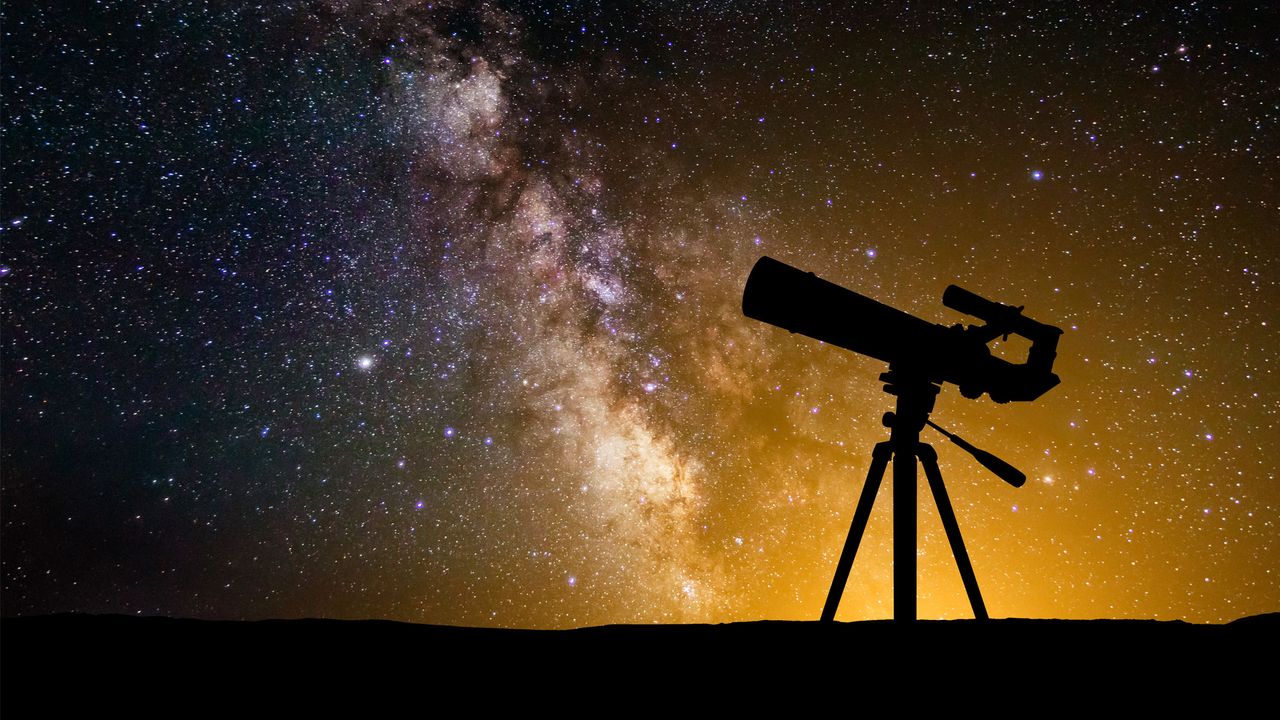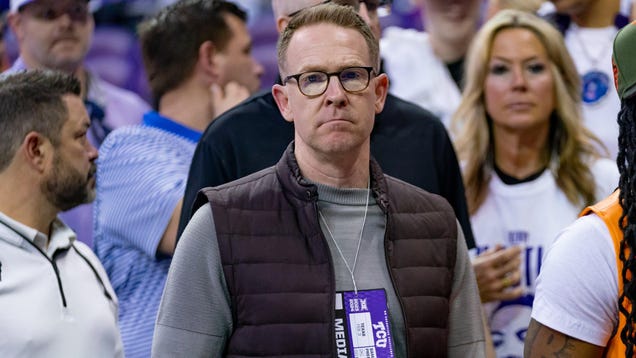From this year, Vodafone Crossword started awards for the children's section too and entries are works of children and teenage prose fiction or non-fiction.
According to Shreekumar Varma, whose "The Magic Store of Nu-Cham-Vu" has been shortlisted for the Crossword award (Children's Award category), writers as well as publishers are taking young adult fiction seriously.
"When I was in Delhi a couple of months ago, I found there's so much more coming up for young adults. It has become a big market. The upside is that young readers are turning to books by Indian authors. The trend was to say 'we never read Indian authors, don't find anyone interesting'. Now a whole new genre has come into being in Indian publishing. I believe that's going to be a very strong focus from now," he said.
Varma says he is almost jealous of the young adult reader who is "getting things we never dreamed of".
For Shoba Naidu, modern young adult literature in India is in its infancy but is growing.
"There is still a dependency on the West for modern stories to interest this segment. Books for young adults rooted in Indian culture and ethos about growing up pains in the Indian milieu written by Indian writers are few and far between," the author of "On the Yeti's Trail" says.
"Publishers and writers are now realising that there is readership for young adult fiction. Indian publishers such as CBT and NBT were among the first to bring out fiction targeted at adolescents. Now, apart from small independent publishers, a few mainstream publishers like now Rupa, Puffin and Popular Prakashan among others are turning to this genre."
Monideepa Sahu, author of the fantasy novel "Riddle of the Seventh Stone", sees a phenomenal growth in the young adult literature in English segment in the past few years.
"New authors like me are being encouraged and efforts are being made by the Children's Book Trust, and events such as Jumpstart and Bookaroo, an annual children's book festival held every November in New Delhi, are also drumming up more interest in books for young readers. As for writers, we always took young adult fiction most seriously," she says.
"Desi young adult fiction so long was more a clumsy attempt between juvenile chick-lit and over-mature kiddie books, so the new crop is welcome. Vampires, ha-ha books and adventures are upon us and not a bit too late," says Bangalore-based author Shinie Antony.
According to 'She's a Jolly Good Fellow' author Sajita Nair, although young adult books are primarily aimed at teens, they are also enjoyed by people in their late twenties or older.
"In India, the demand for young adult fiction is on the rise and publishers are now plugging the gap by commissioning new writers catering to this age group," she says.
Nair, however, says "She's a Jolly Good Fellow" is not exactly young adult fiction as it does not target the teens.
"It addresses issues that concern young working professionals. 'She's a Jolly Good Fellow' is a hilarious yet thought provoking story of two young women officers trying to find their place in the male dominated Indian army. The novel follows their lives as they overcome odds in trying to prove to their male counterparts that they too are assets to the army.
"Due to its unique backdrop and storyline, this book appeals to a large cross section of readers. Young women especially, find it inspirational since it is about women fighting battles and making their mark in a man's world."
Varma says the age group that young adult fiction writers generally target can't be generalised.
"Once you pick a target group you tend to stay with that. I address both groups-- in the sense I write novels, stories and plays for adults as well as youngsters. But there is an 8 to 13 group and a 14 to 18 group. Of course, there are overlaps.
"Writers used to write exclusively for the younger group, but now there is a definite and very exciting readership of young adults. Which is bound to get very, very big in the coming years. so even if the writers are older people like me, if you can manage to connect with that segment, it's great," he says.
Sahu says she writes stories that enthral her, and enjoy playing with new ideas, bringing out their multiple facets and nuances.
"It's about writing the story I believe in, and not about producing something solely because it may attract a market or age group."
According to Nair, young adult Indians are a confident lot who take pride in being Indian.
"It has suddenly become 'cool' to be Indian and embrace everything Indian - be it watching Bollywood movies, wearing Indian clothes, reading Indian authors or participating actively in the growth of India. They are a smart generation with great vision who settle for nothing but the best," she says. Young adult literature in India is surprisingly prolific and publishers are vying to bring out high quality well-written and original new fiction in this segment, feel contemporary writers.
From this year, Vodafone Crossword started awards for the children's section too and entries are works of children and teenage prose fiction or non-fiction.
According to Shreekumar Varma, whose "The Magic Store of Nu-Cham-Vu" has been shortlisted for the Crossword award (Children's Award category), writers as well as publishers are taking young adult fiction seriously.
"When I was in Delhi a couple of months ago, I found there's so much more coming up for young adults. It has become a big market. The upside is that young readers are turning to books by Indian authors. The trend was to say 'we never read Indian authors, don't find anyone interesting'. Now a whole new genre has come into being in Indian publishing. I believe that's going to be a very strong focus from now," he said.
Varma says he is almost jealous of the young adult reader who is "getting things we never dreamed of".
For Shoba Naidu, modern young adult literature in India is in its infancy but is growing.
"There is still a dependency on the West for modern stories to interest this segment. Books for young adults rooted in Indian culture and ethos about growing up pains in the Indian milieu written by Indian writers are few and far between," the author of "On the Yeti's Trail" says.
"Publishers and writers are now realising that there is readership for young adult fiction. Indian publishers such as CBT and NBT were among the first to bring out fiction targeted at adolescents. Now, apart from small independent publishers, a few mainstream publishers like now Rupa, Puffin and Popular Prakashan among others are turning to this genre."
Monideepa Sahu, author of the fantasy novel "Riddle of the Seventh Stone", sees a phenomenal growth in the young adult literature in English segment in the past few years.
"New authors like me are being encouraged and efforts are being made by the Children's Book Trust, and events such as Jumpstart and Bookaroo, an annual children's book festival held every November in New Delhi, are also drumming up more interest in books for young readers. As for writers, we always took young adult fiction most seriously," she says.
"Desi young adult fiction so long was more a clumsy attempt between juvenile chick-lit and over-mature kiddie books, so the new crop is welcome. Vampires, ha-ha books and adventures are upon us and not a bit too late," says Bangalore-based author Shinie Antony.
According to 'She's a Jolly Good Fellow' author Sajita Nair, although young adult books are primarily aimed at teens, they are also enjoyed by people in their late twenties or older.
"In India, the demand for young adult fiction is on the rise and publishers are now plugging the gap by commissioning new writers catering to this age group," she says.
Nair, however, says "She's a Jolly Good Fellow" is not exactly young adult fiction as it does not target the teens.
"It addresses issues that concern young working professionals. 'She's a Jolly Good Fellow' is a hilarious yet thought provoking story of two young women officers trying to find their place in the male dominated Indian army. The novel follows their lives as they overcome odds in trying to prove to their male counterparts that they too are assets to the army.
"Due to its unique backdrop and storyline, this book appeals to a large cross section of readers. Young women especially, find it inspirational since it is about women fighting battles and making their mark in a man's world."
Varma says the age group that young adult fiction writers generally target can't be generalised.
"Once you pick a target group you tend to stay with that. I address both groups-- in the sense I write novels, stories and plays for adults as well as youngsters. But there is an 8 to 13 group and a 14 to 18 group. Of course, there are overlaps.
"Writers used to write exclusively for the younger group, but now there is a definite and very exciting readership of young adults. Which is bound to get very, very big in the coming years. so even if the writers are older people like me, if you can manage to connect with that segment, it's great," he says.
Sahu says she writes stories that enthral her, and enjoy playing with new ideas, bringing out their multiple facets and nuances.
"It's about writing the story I believe in, and not about producing something solely because it may attract a market or age group."
According to Nair, young adult Indians are a confident lot who take pride in being Indian.
"It has suddenly become 'cool' to be Indian and embrace everything Indian - be it watching Bollywood movies, wearing Indian clothes, reading Indian authors or participating actively in the growth of India. They are a smart generation with great vision who settle for nothing but the best," she says.







































.jpg)


























































